Cebu’s new Bus Rapid Transit line celebrates its first stations by CAZA
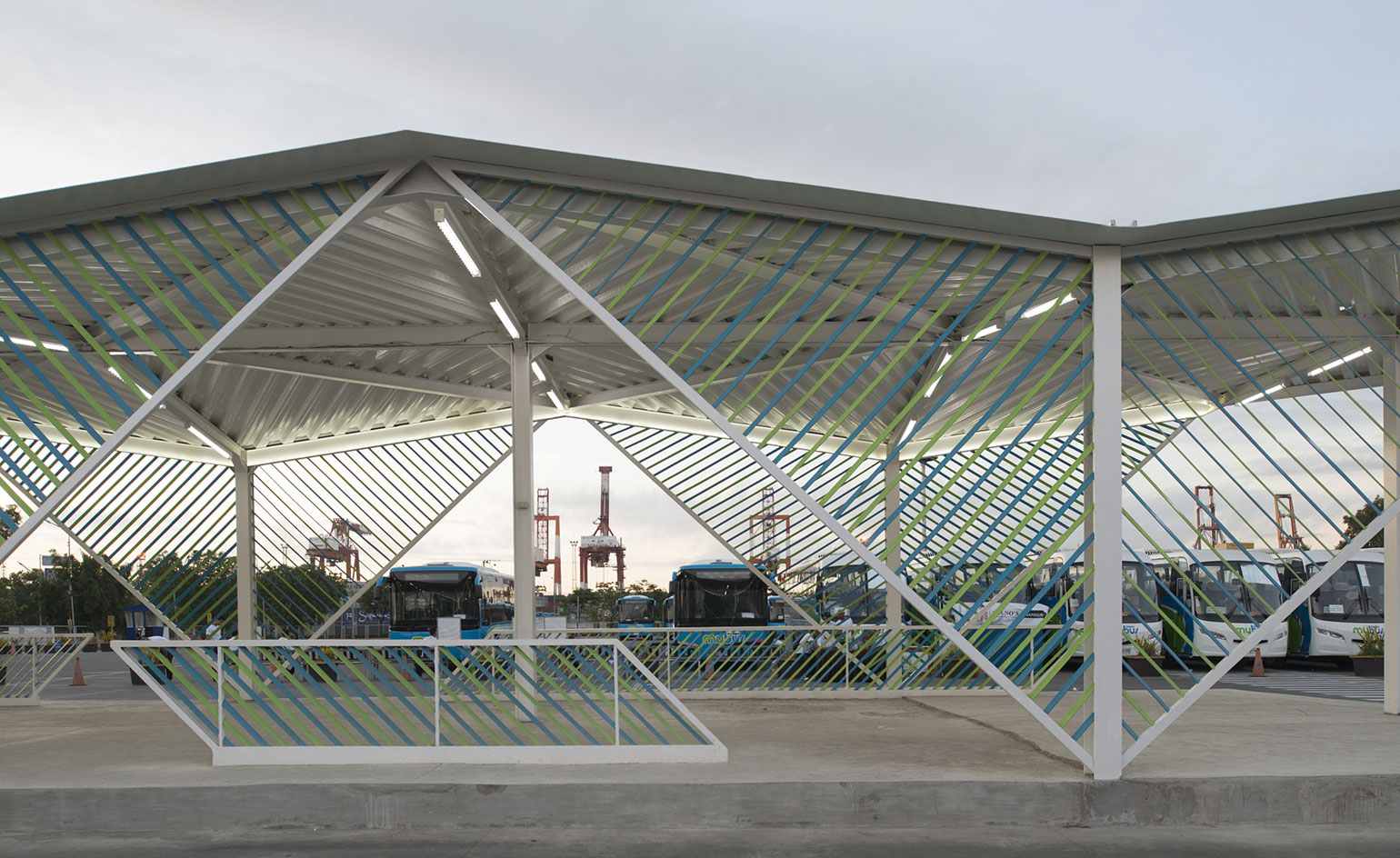
The city of Cebu in the Philippines' Central Visayas region is a bustling place that, until now, has been difficult to get around. Many residents and visitors rely on a piece-meal transport system. 'The only option is privately operated jeepneys (highly-decorated mini-bus-truck hybrids, ubiquitous across the country) that run on short segmented routes, so that a trip from the airport to the city centre involves taking three separate jeepney rides that are not clearly labeled,' says architect Carlos Arnaiz.
However, this should change with the introduction of a Rapid Bus Transit system to service the entire metropolitan area, or 15 per cent to 25 per cent of the 3.5m-strong population. Arnaiz’s Brooklyn-based firm Carlos Arnaiz Architects (CAZA) has designed the system’s 19 stations, with five already built.
The stations have a form based on the ancient basket-weaving traditions of the area and incorporate a vital weather benefit. Street flooding is a major problem here, so the canopies are angled to catch the rain and direct it away from the streets and into tanks.
Along with the stations’ structures, CAZA was responsible for the complementary street furniture – benches, street lights, bins and planters – on a geometric template of angled lines based on their study of objects from the Cebuano arts and crafts tradition. 'New infrastructure projects need to be both pragmatic and imaginary, so they can open a dialogue about how to localise progress in different cultures,' Arnaiz adds. Meanwhile the colour palette samples hues from Sinulog, Cebu’s famous annual street carnival.
This is just one of a number of transport projects that the firm has in the pipeline. These include an international airport across from the fabled Filipino island of Boracay, a multi-modal vehicular centre with an eco-office building perched on top in Bogotà, and a new ferry terminal for Long Island City in New York’s Queens borough, built as part of a new mixed-used waterfront development.
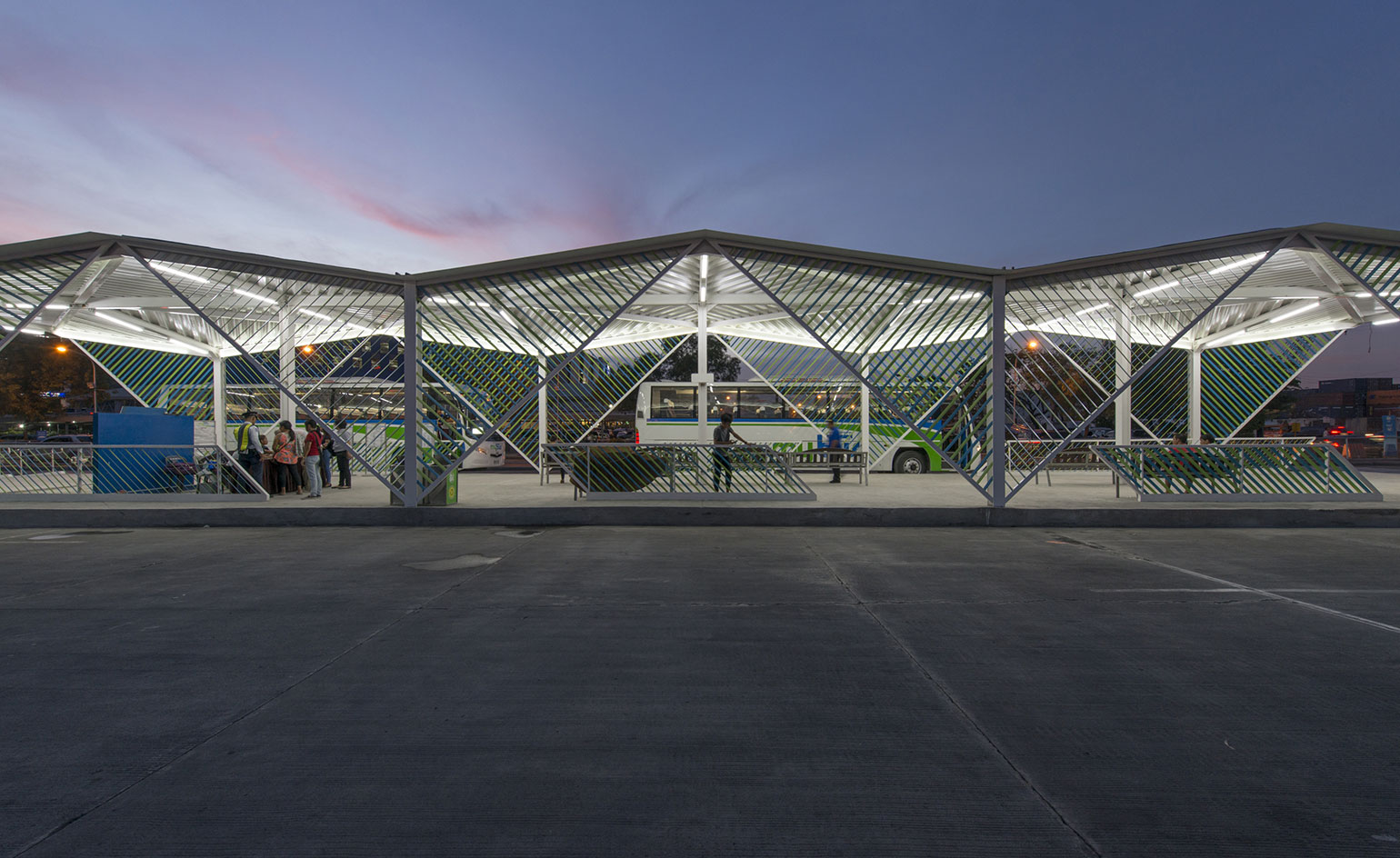
A total of 19 stations will be built as part of the same bus network. All works will be completed by 2019
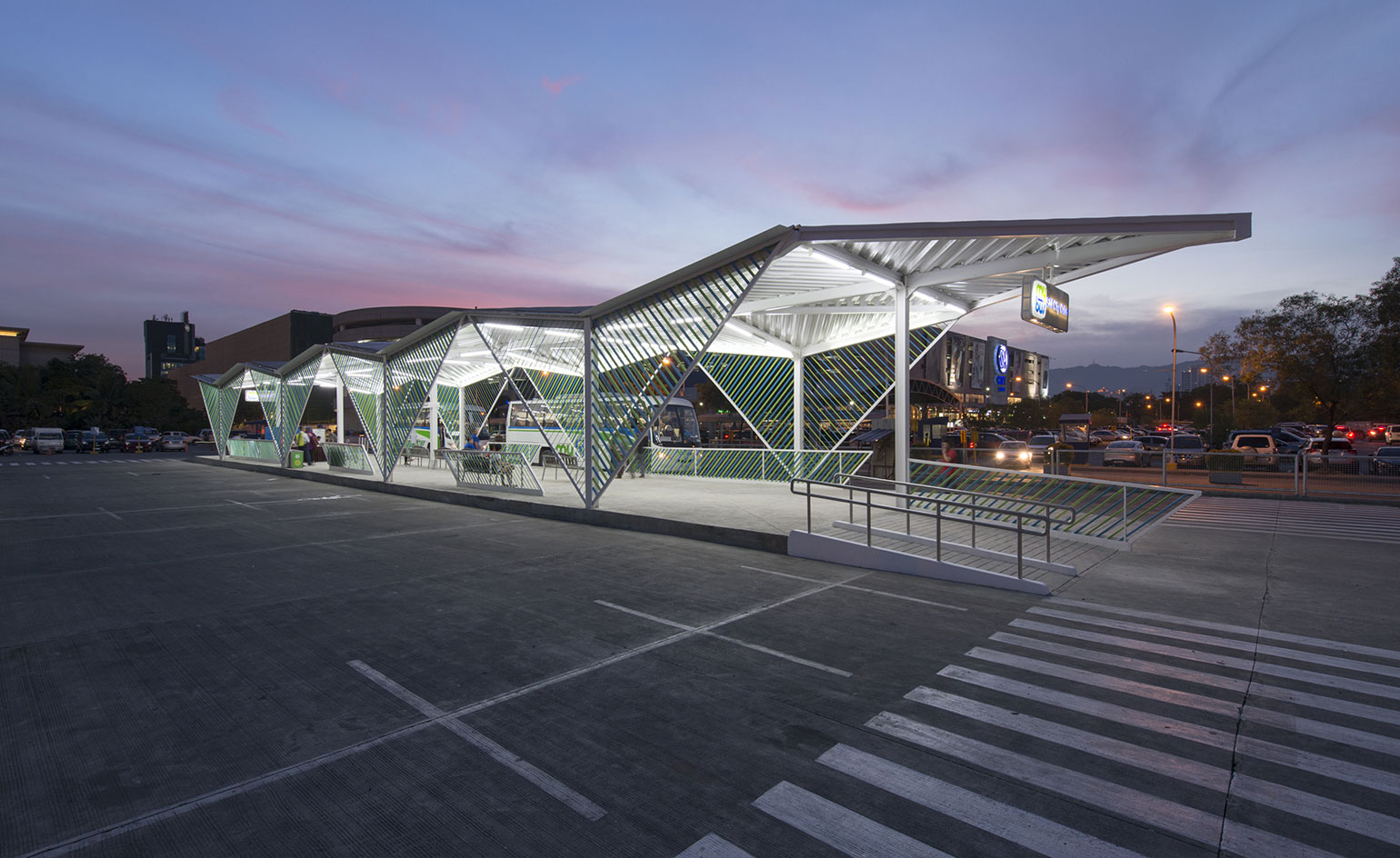
Destined to serve around a million users, the new line’s station designs are inspired by local ancient basket weaving methods
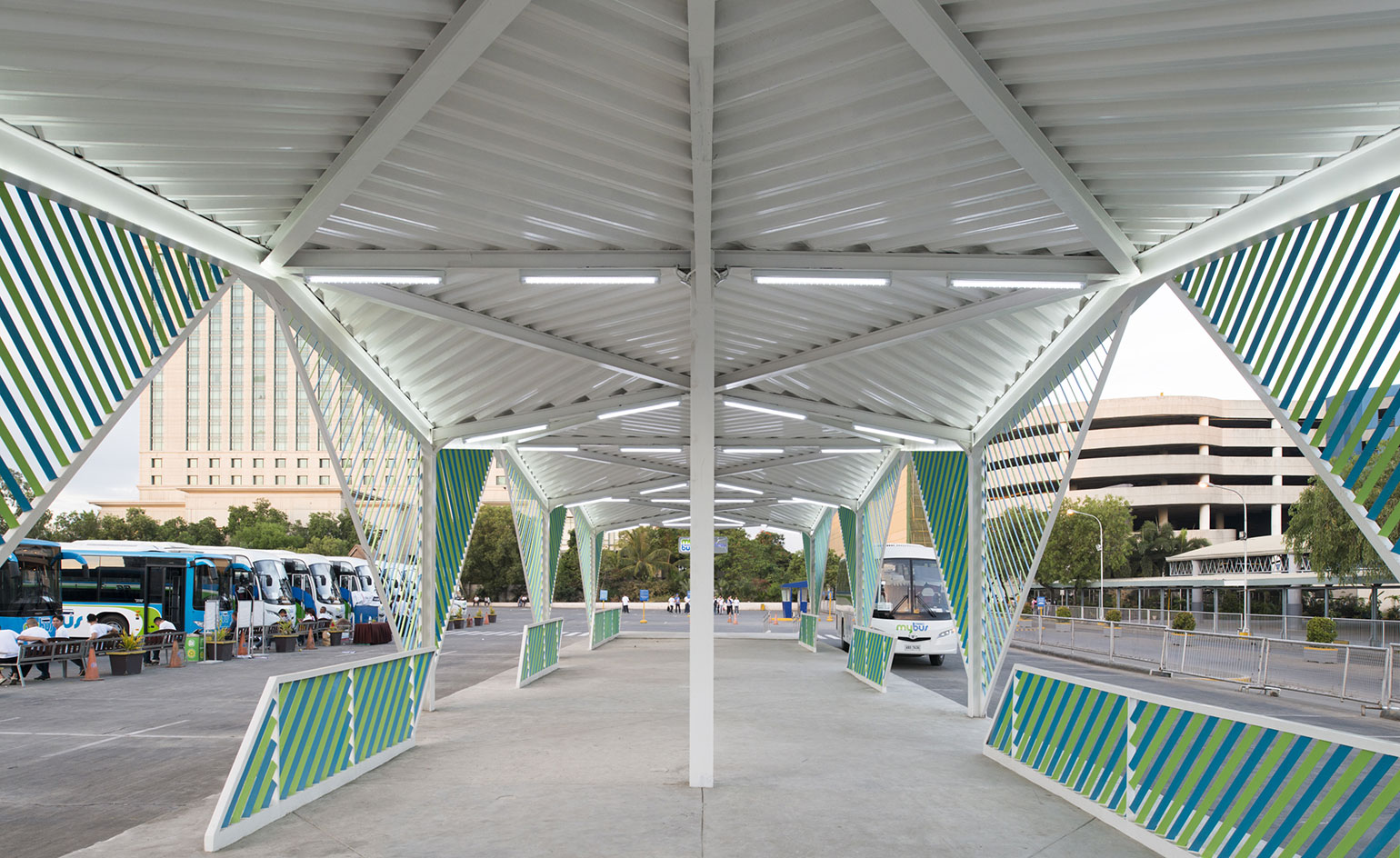
The roof of each station also acts as a water catcher, directing water from the country’s intense seasonal rainfalls away from the street
INFORMATION
For more information, visit the CAZA website
Photography: Frank Callaghan
Wallpaper* Newsletter
Receive our daily digest of inspiration, escapism and design stories from around the world direct to your inbox.
Clare Dowdy is a London-based freelance design and architecture journalist who has written for titles including Wallpaper*, BBC, Monocle and the Financial Times. She’s the author of ‘Made In London: From Workshops to Factories’ and co-author of ‘Made in Ibiza: A Journey into the Creative Heart of the White Island’.
-
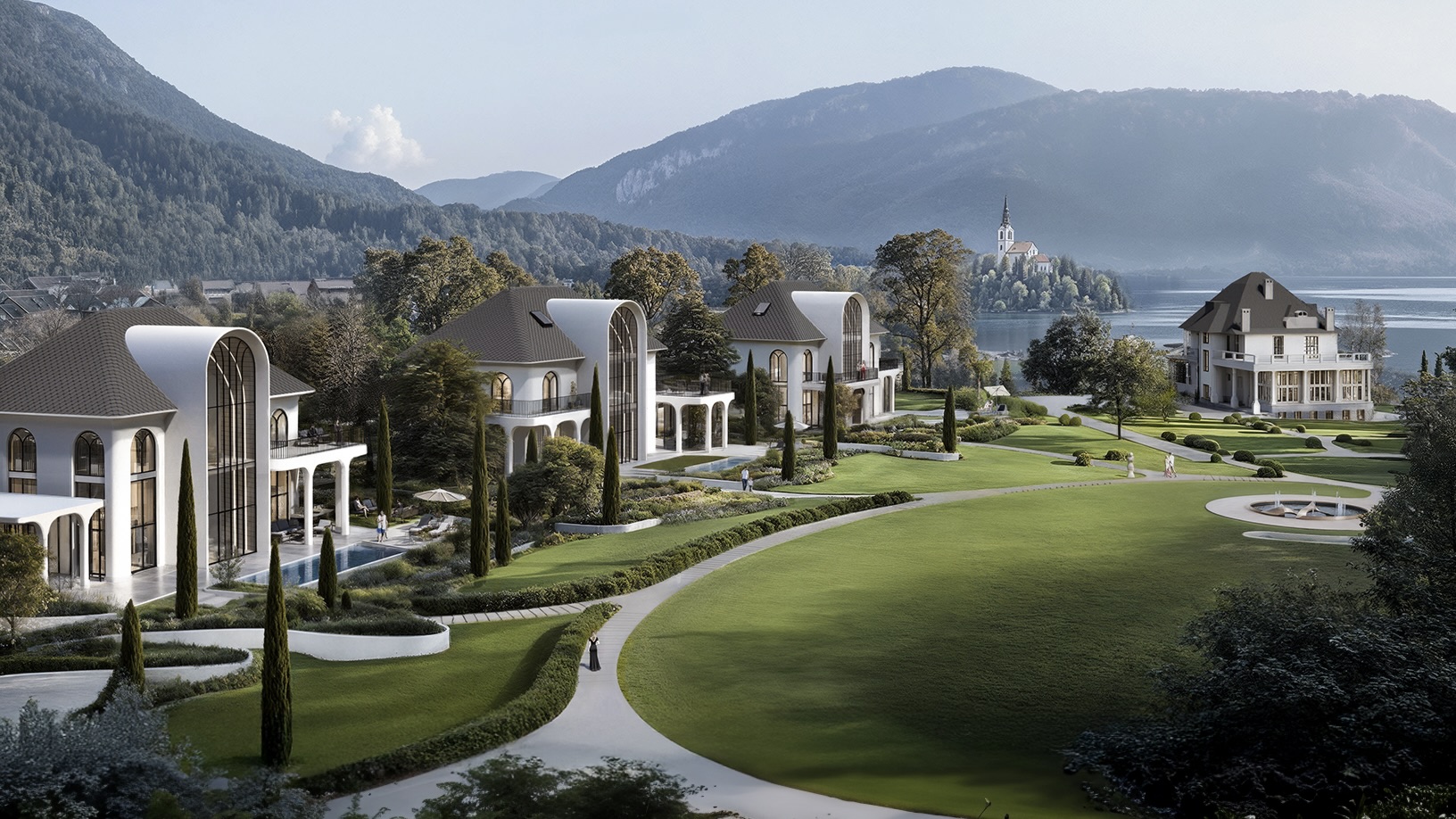 How to use AI in architecture? A practical guide with Tim Fu
How to use AI in architecture? A practical guide with Tim FuArchitect Tim Fu, an early AI adopter who regularly uses these new technologies in his practice, offers advice for how AI can assist your
-
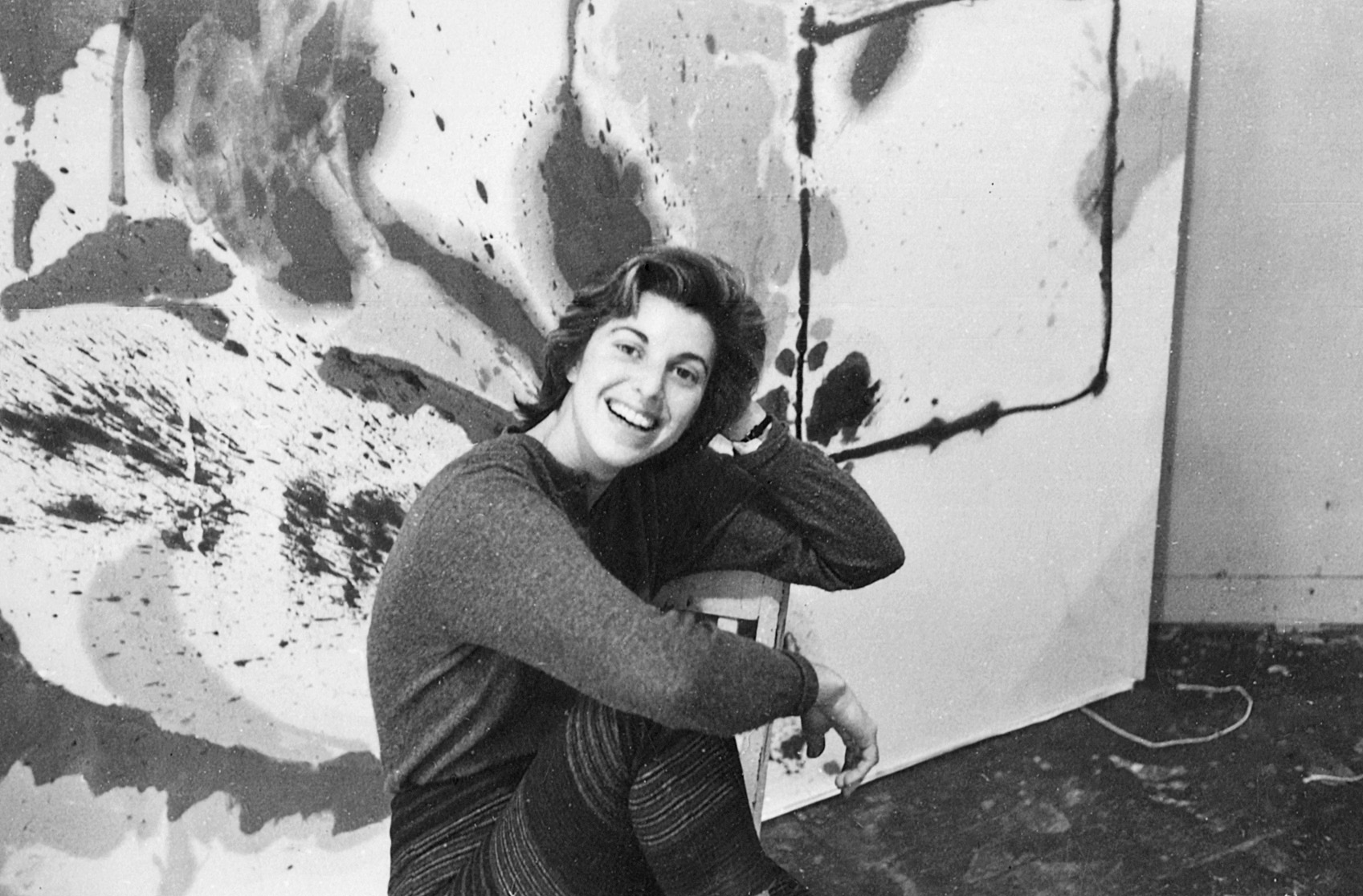 The largest posthumous survey of Helen Frankenthaler puts her in the frame with Pollock and Rothko
The largest posthumous survey of Helen Frankenthaler puts her in the frame with Pollock and RothkoGuggenheim Bilbao hosts 'Painting Without Rules', a major exhibition of soak-stain innovator Helen Frankenthaler’s paintings that also includes Pollock and Rothko
-
 The best beauty products of the month, from a ‘revolutionary’ Dyson hairdryer to zingy Hermès nail polish
The best beauty products of the month, from a ‘revolutionary’ Dyson hairdryer to zingy Hermès nail polishThe best beauty products of the month, selected by Wallpaper*, include Dyson’s life-changing new hairdryer, zingy springtime nail polish by Hermès and skin barrier saviours by the likes of Dr Barbara Sturm